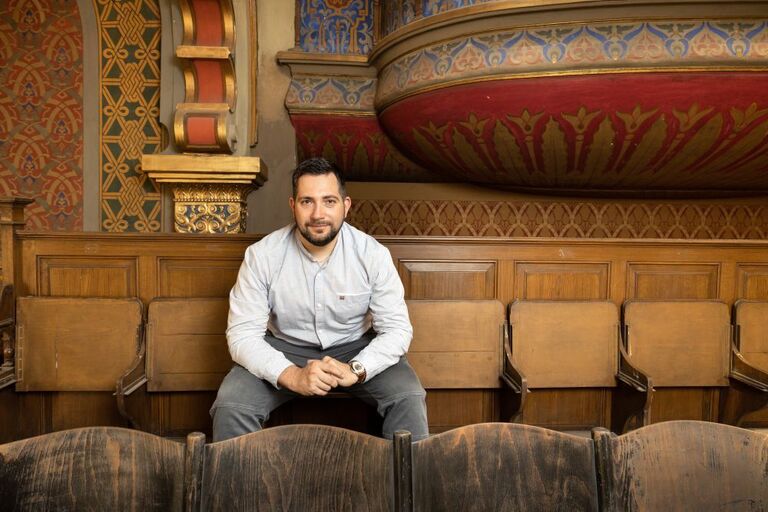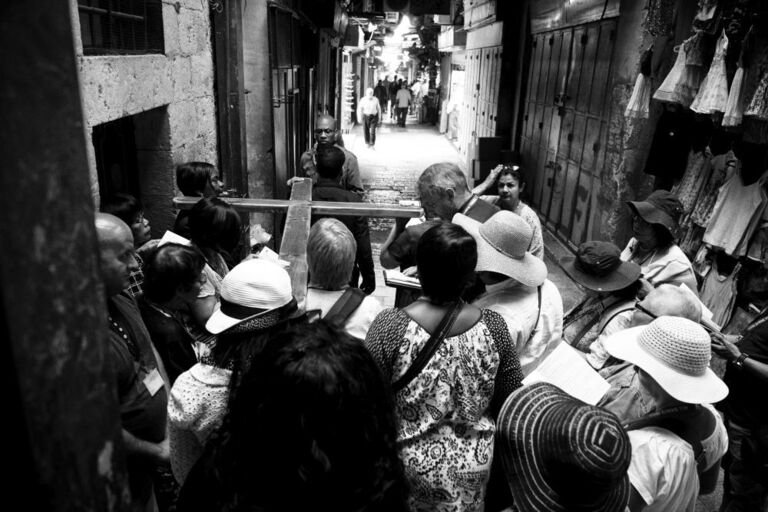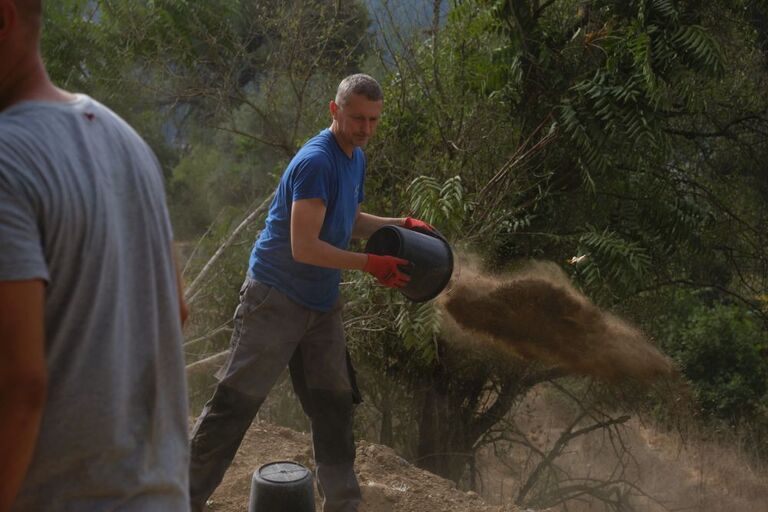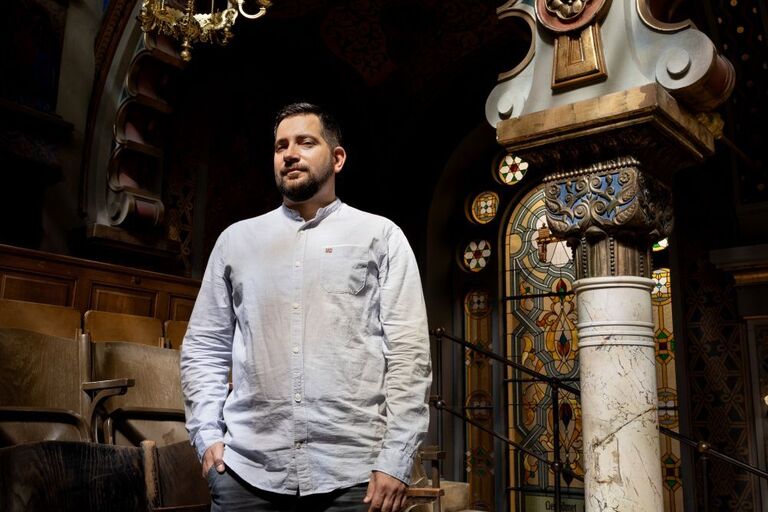Photographer of the biblical world: Israel is an amazingly colourful country
He first saw the Orient and the ancient world through the viewfinder of his camera as a teenager on a family holiday in Tunisia. For some it was just a holiday experience, for David Raphael Moulis it was the breakthrough of a lifetime...
With his camera, which he hasn't let go of since, he eventually made his way to Israel, now as a member of the team at the Evangelical Theological Faculty of Charles University. In addition to photography, he also fell in love with archaeology. And this year he published his first monographic book, The Religious Cult of Ancient Israel through the Eyes of Archaeology, which is accompanied by his photographs from unique sites.
Ten years ago, a sensational discovery sparked excitement among archaeologists. At that time, during the construction of the highway between Jerusalem and Tel Aviv, the remains of an economic settlement and a nearly three-thousand-year-old sanctuary were accidentally uncovered at the site of Tel Moca, whose type of architecture approximates that of the so-called First Temple. According to the Old Testament, King Solomon had it built on the Temple Mount in Jerusalem. When scientists began to uncover the remains of a shrine six kilometres from Jerusalem that so strikingly resembles the mythical Temple of Solomon, it naturally raised not only a sensation but also many questions. Although the basic one, whether it is not the very temple mentioned in the Bible itself, was quickly refuted by scientists, other questions have been crowding in the queue behind it, to which David Rafael Moulis also tries to find answers in his 240-page book published by the Vyšehrad publishing house.
In the field under the auspices of Charles University
He describes the archaeological work he is involved in thanks to the ETF CU team led by Professor Filip Čapek in an international research group as a "mosaic" that scientists are trying to piece together, although they do not know how big it was or what it looked like...
"Reading my book, it may look like we can close the chapter on what the Judaic cult looked like. But we still know terribly little about it. We're only working with what has been found. We don't know what hasn't survived, what may have been destroyed deliberately or removed. We don't have a preserved moment of what life was really like back then, as we 'managed' to do at Pompeii, for example. In making interpretations we work with our knowledge - we apply our perception of our world to antiquity; we can make mistakes there too. We can only wait for the next find that will bring us closer to what reality was like. The fragments are tiny, the mosaic is big," Moulis knows.
"Today, we approach archaeology independently of the biblical text, because we know that it was written over quite a long period of time. The text is meant to be a lesson, not a direct historical account. But it is of course interesting for us to look in the Bible to see what it says about which sites. We can get a better picture of, for example, what the relationship was between the Judeans and the Philistines. And, for example, the story of David and Goliath, which takes place in this area, actually reflects the daily reality of the time," the archaeologist points out.
David Rafael Moulis has been going on expeditions to Israel for over ten years. But he had to walk a winding path to become an archaeologist and the official photographer of the Tel Moca site. The now thirty-eight-year-old scientist has always been drawn to the Near East and the Orient in general. He graduated from the Faculty of Arts at the University of West Bohemia, majoring in Middle Eastern Studies.
Although the study programme is designed to be comprehensive and David was also interested in contemporary Middle Eastern history, literature, and art, he increasingly felt drawn back to the roots of our civilisation and to what had appealed to him so much in Tunisia and later, during his studies, on trips to Israel, Jordan, Syria, Lebanon and the great museums of Europe.
He began to focus on antiquity and was looking for a place where he could work on the archaeology of Israel. And so he made his way to Prague to ETF CU, where he continued his doctoral studies with Professor Filip Čapek, who has long been conducting fieldwork with his students at sites right in Israel, alongside teams from universities there and around the world.
During his year in Jerusalem, he went once a week to uncover the remains of the City of David. "Part of the site is an archaeological park that is open to the public. It is interesting when one digs in a beating city. Buses drive by, crowds of tourists come by. It's fascinating that you're uncovering a city that has been lived in for millennia. You just go deeper and deeper into its history," he says.
Working with a camera and a pickaxe
Although David now lives in Prague, he regularly returns to Israel with the ETF CU team. He also travels with colleagues to Tel Moca, where he became the official photographer for the project last year. "Every morning I have a few dozen minutes to take photos of the previous day's findings when the sun is low enough not to make sharp transitions between light and shadows. Once I'm done taking photos, I grab a pick and wheelbarrow and go digging, too. If there is something during the day that needs to be photographed right away, my colleagues call me, I drop my tools, grab my camera and go document it. Expeditions bring together people from all over the world who exude passion for what they do. I love photographing them," says Moulis.
David Rafael Moulis, editorially abridged























